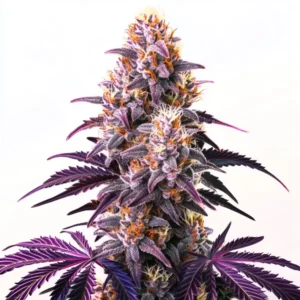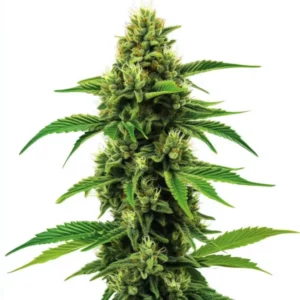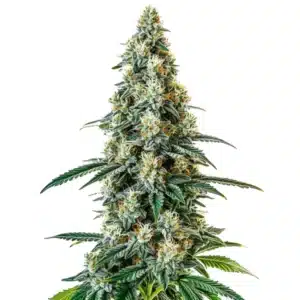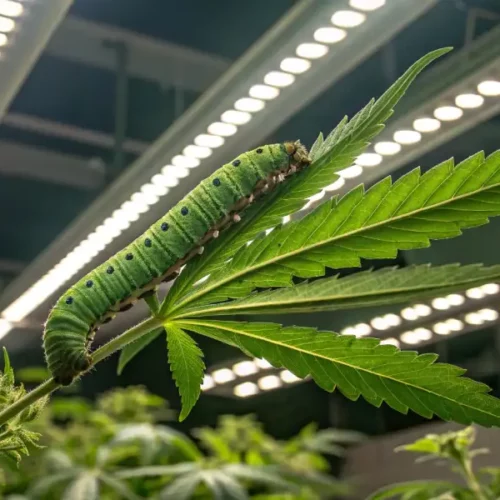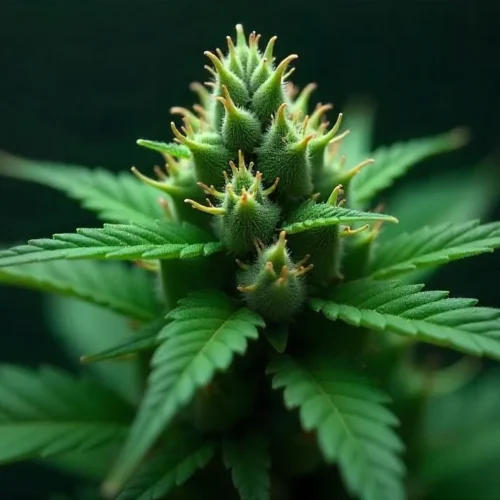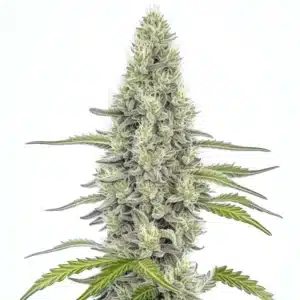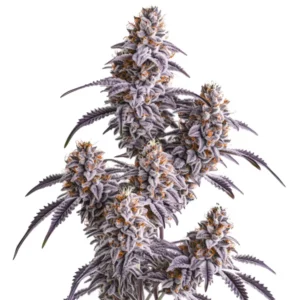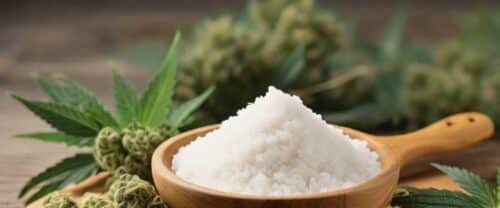How to Make Weed Juice is an excellent skill to learn for those wanting to enjoy the benefits of cannabis without the psychoactive effects typically associated with smoking or consuming edibles. This guide will walk you through everything you need to know, from choosing the right ingredients to storing your freshly made juice. Whether you’re new to cannabis juicing or looking to refine your technique, this comprehensive guide has you covered with practical tips and essential information.
Weed juice is gaining popularity among health-conscious individuals because it allows for the consumption of cannabis in its raw form, preserving its natural cannabinoids and terpenes. Unlike edibles or smoking, juicing raw cannabis provides a non-psychoactive experience, making it an appealing option for those interested in the therapeutic benefits of the plant without the high. By the end of this guide, you’ll be well-equipped to create your own cannabis juice, tailored to your taste and health needs.
Recommended Strains
Mazar
 THC: 20%
THC: 20% Type of seed: Feminized
Type of seed: Feminized Phenotype: Mostly Indica
Phenotype: Mostly Indica Day to flower: 8 - 10 weeks
Day to flower: 8 - 10 weeks
Mazar Auto
 THC: 8% - 10%
THC: 8% - 10% Type of seed: Autoflowering
Type of seed: Autoflowering Phenotype: Mostly Indica
Phenotype: Mostly Indica Day to flower: 8 - 10 weeks
Day to flower: 8 - 10 weeks
Choosing the Right Cannabis for Juicing
When making weed juice, the most important step is selecting the right cannabis. Ideally, you should use fresh, organic cannabis that has not been dried, cured, or exposed to pesticides. Fresh cannabis leaves, especially those from the inner parts of the plant, are preferable because they are rich in nutrients and less likely to have been exposed to harmful elements. The quality of your cannabis directly affects the potency and taste of the juice, so sourcing from a trusted, organic grower is highly recommended.
Moreover, since raw cannabis contains very little THC, juicing allows you to benefit from the plant’s cannabinoids and other nutrients without experiencing a high. If you’re interested in learning how to make weed juice, this method is perfect for those looking to incorporate cannabis into their wellness routine without altering their mental state. Additionally, choosing strains that are rich in CBD and other non-psychoactive cannabinoids, such as CBD Girl Scout Cookies, can further enhance the therapeutic effects of your juice.
Preparing Your Ingredients
Before you start juicing, gather your ingredients. You will need:
- 15-20 large cannabis fan leaves.
- 2-4 fresh cannabis buds (2-4 inches long).
- Additional greens like spinach or kale.
- Fresh fruits or vegetables (such as apples, celery, or cucumber) for flavor.
Wash all your ingredients thoroughly to remove any dirt or contaminants. If you have harvested the cannabis yourself, soak the leaves in ice-cold water for a few minutes to open up the plant’s pores, which helps in extracting more nutrients during the juicing process. Cleanliness is crucial here; any residual pesticides or dirt can compromise the health benefits and taste of your juice.
When preparing your ingredients, consider the flavors you enjoy. Mixing cannabis with other leafy greens like spinach or kale can enhance the nutritional content while mellowing out the bitterness of the cannabis. Adding fruits like apples or pineapples can introduce natural sweetness, making the juice more palatable, especially for beginners.
Juicing Process
- Cold Soak: Begin by soaking your cannabis leaves in cold water for about five minutes. This helps maintain the integrity of the nutrients and prepares the plant material for juicing. This step is essential as it not only enhances the flavor but also ensures that you extract the maximum amount of nutrients from your cannabis leaves.
- Juicing: Slowly feed the cannabis leaves, buds, and other ingredients into your juicer. A masticating juicer is often recommended because it operates at a lower speed and generates less heat, thus preserving the delicate cannabinoids and terpenes. Combine the cannabis with other fruits or vegetables to enhance the flavor and nutritional value of the juice. For instance, apples can add sweetness, while ginger provides a zesty kick. Be sure to alternate between soft and hard ingredients to prevent clogging and ensure a smooth juicing process.
- Strain (Optional): If your juice turns out thick or fibrous, you can strain it using a cheesecloth or fine mesh to achieve a smoother consistency. This step is optional but can improve the texture and make the juice more enjoyable to drink. Straining also helps remove any remaining plant material, which can be particularly useful if you find the texture of the unstrained juice too coarse.
- Storage: Store your weed juice in an airtight container in the refrigerator. It’s best consumed within three days, but you can also freeze it in ice cube trays for longer storage. Simply add a cube to your smoothie or drink for a quick and nutritious boost. Freezing in individual portions is a convenient way to preserve the juice’s nutrients and allows for easy, on-the-go consumption.
Promos & Deals
Health Benefits of Cannabis Juice
Weed juice is packed with vitamins, minerals, and anti-inflammatory compounds that can benefit your health. If you’re wondering how to make weed juice, the process involves juicing fresh cannabis leaves and buds to retain their nutrient-rich cannabinoid acids. Unlike smoking, juicing cannabis allows you to consume a large quantity of plant material without the adverse effects on your lungs. The juice is rich in cannabinoid acids, which are known for their anti-inflammatory and antioxidant properties. Additionally, by combining cannabis with other fruits and vegetables, you can enhance your intake of essential nutrients.
Furthermore, cannabis juice is an excellent source of chlorophyll, which helps detoxify the body, supports digestion, and promotes overall well-being. The raw cannabinoids found in the juice, such as THCA and CBDA, have been shown to have anti-inflammatory and neuroprotective properties, making cannabis juice a potent addition to any health regimen. This method of consumption is especially beneficial for those with chronic conditions who seek natural relief without the intoxicating effects of THC.
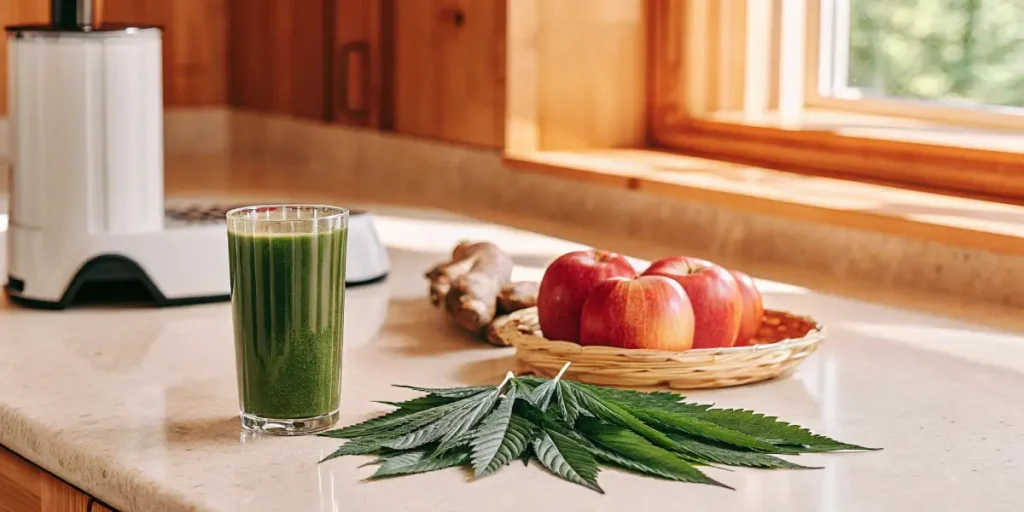
Tips for the Best Results
- Keep it Fresh: Always use fresh, organic cannabis leaves and buds. The fresher the material, the more nutrients it retains. Freshness is key to maximizing the health benefits of your juice, as the nutrient content begins to degrade once the plant is harvested. If possible, juice your cannabis shortly after harvesting to ensure you’re getting the most out of your ingredients.
- Balance the Flavor: Cannabis juice can be bitter, so mix it with sweeter fruits like apples or carrots to balance the flavor. Experiment with different combinations to find a taste that suits your palate. Adding a splash of lemon or lime juice can also brighten the flavor and add a refreshing twist to your drink.
- Juice in Batches: Since fresh cannabis juice has a short shelf life, consider freezing it in small portions to extend its usability. By preparing larger batches and storing them properly, you can ensure that you always have a nutrient-rich juice on hand, ready to be added to smoothies or enjoyed on its own.
FAQs About How to Make Weed Juice
Can I use any part of the cannabis plant for juicing?
While it is technically possible to juice any part of the cannabis plant, the most beneficial and commonly used parts are the leaves and buds. If you’re interested in learning how to make weed juice, focus on the leaves—particularly fan leaves and sugar leaves—as they are rich in nutrients and cannabinoids in their raw form. However, it’s important to avoid juicing the stems because they are fibrous and can clog your juicer, potentially damaging the machine or resulting in an unpleasant texture in your juice.
The stems also contain fewer beneficial compounds compared to the leaves and buds, making them less desirable for juicing. For best results, focus on using fresh, organically grown leaves and buds to maximize the nutritional and therapeutic benefits of your juice.
Do I need to decarboxylate the cannabis before juicing?
Decarboxylation is a process that involves heating cannabis to activate THC, the compound responsible for the psychoactive effects. However, when juicing raw cannabis, decarboxylation is not necessary and is, in fact, not recommended. The primary goal of juicing is to consume cannabis in its raw form, preserving the cannabinoid acids such as THCA and CBDA.
These compounds are believed to offer various health benefits, including anti-inflammatory and neuroprotective properties, without the psychoactive effects associated with THC. Therefore, juicing raw cannabis allows you to take advantage of these benefits without the need to alter the plant’s chemical composition through heat.
How long does fresh cannabis juice last?
Fresh cannabis juice is best consumed within three days when stored in an airtight container in the refrigerator. After this period, the juice may begin to lose its nutritional potency and freshness. For those who cannot consume the juice within this time frame, freezing is a viable option. By freezing the juice in ice cube trays, you can extend its shelf life for up to three months.
This method not only preserves the juice’s nutrients but also provides convenience, allowing you to add a cube of cannabis juice to your smoothies or other drinks whenever needed. If you’re wondering how to make weed juice, freezing in small portions helps maintain the quality and freshness of the juice.
Can I mix cannabis juice with other beverages?
Yes, cannabis juice can be easily mixed with a variety of other beverages to enhance its flavor and nutritional content. Since raw cannabis juice can have a strong, sometimes bitter taste, blending it with sweeter juices like apple, carrot, or citrus can make it more palatable.
Additionally, mixing cannabis juice with other vegetable juices, such as cucumber or celery, can boost the overall health benefits, providing a refreshing and nutrient-rich drink. You can also incorporate cannabis juice into smoothies, where it blends well with fruits, leafy greens, and other superfoods, creating a balanced and tasty beverage.
Is juicing cannabis safe?
Juicing cannabis is generally considered safe, especially when using clean, pesticide-free, and organic plants. If you’re interested in learning how to make weed juice, it’s important to note that raw cannabis does not contain active THC and therefore does not produce psychoactive effects. This makes it a safe option for individuals looking to benefit from the plant’s nutritional properties without getting high.
However, as with any new dietary supplement, it is advisable to consult with a healthcare provider before incorporating cannabis juice into your routine, particularly if you have underlying health conditions or are taking other medications. Additionally, some individuals may experience digestive sensitivity to raw cannabis, so it’s important to start with small amounts to gauge your body’s reaction.



